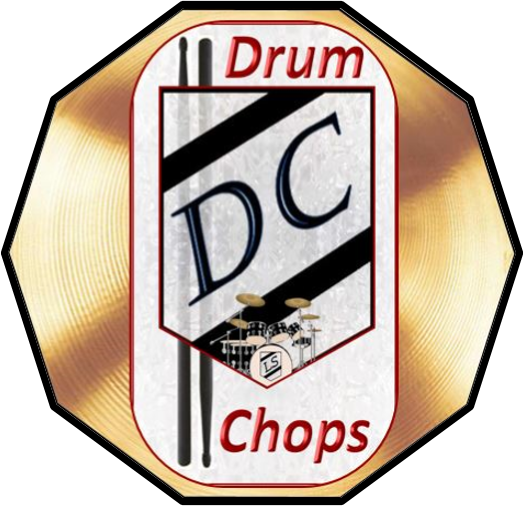
On-Line Catalog
Practice & Performance Pieces
This is not a drum-method book, per say. (See my instructional series “Drumming- Step by Step”.) While emphasis is on percussion, snare drum in particular, the purpose here is to bridge the practice/performance gap between the drummer and other instrumentalists. The book begins with very easy practice/recital pieces suitable for young, and not so young, beginning students. The remainder of the book gradually moves to the intermediate level. Ultimately, of course, the goal is to bring together small groups of instrumentalists for recitals/concerts. This is accomplished by combining drumming with the type of material (and skill level) that harmonic/melodic instrumental students require. Pre-recorded examples of each piece are included. For practice and performance purposes, different instruments may be substituted for the printed treble/bass-clef parts. For example, a flute may double (play with) or replace a printed orchestra “bell” part. (Note: Caution must be exercised in the case of transposing instruments. {See Appendix for further information.)
Each successive piece highlights particular musical “elements” in a logical order of difficulty. Obviously, the complexity of Notes and Rests, Dynamics, Time Signatures, etc., is what determines the appropriateness for individual students. Initially, however, students are encouraged to practice/perform his/her music in the less intimidating “play-along” format – perhaps as an extension to the weekly lesson plan. The pre-recorded music is there for needed guidance and accompaniment – and, of course, FUN! Because of the inherent accuracy/consistency of the recording
process (Midi technology was used); students gain needed sureness and confidence. Also, playing with other students in a live setting becomes less intimidating.
It should be obvious that this type of performance-oriented practice affords each student a superior learning experience. Again, some of the advantages:
A) Allows the student to study the prerecorded examples before actual practice begins.
B) Increases the ability of the student to play with or without other players.
C) Aids in the development of a strong sense of tempi and beat subdivisions.
D) Instills a deeper sense of satisfaction and accomplishment.
- A) Once students (especially young students) leave their teacher’s studio, remembering and utilizing what was said and demonstrated can be difficult. Having something to see and hear (play along with) during their weekly lessons and daily practice sessions makes things easier to recall and accomplish! To insure easy and gradual indoctrination, the first few pieces are purposely short.
- B) Students are encouraged to practice with and without the recorded accompaniment. Students of various ages may come together to demonstrate their abilities and progress for fellow students and parents. An important point is that the student can perform the pieces with the supplied recorded accompaniments or (as in the case of a music school setting) have other students play the supplied printed accompaniments-e, piano students, etc. IT IS ALSO POSSIBLE TO HAVE THE PIANO STUDENT INCLUDE ONE OF THESE PIECES AT HIS/HER RECITAL – WITH A DRUM ACCOMPANIMENT!
- C) During the process of practicing along with prerecorded music, the student is exposed to the concept of playing in steady tempi. Perhaps the most difficult part of playing in an ensemble is to play “in time”- or “in tempo” as it is sometimes called. Also, beat subdivisions (various note values within a one beat count) are played more accurately. These skills are vital for all instrumentalists!
- D) It goes without saying that when students enjoy a learning experience, they are likely to practice more while expecting higher levels of accomplishment. Performing in school recitals and other programs is a wonderful way to instill the confidence and control that every young musician must acquire to be successful.

